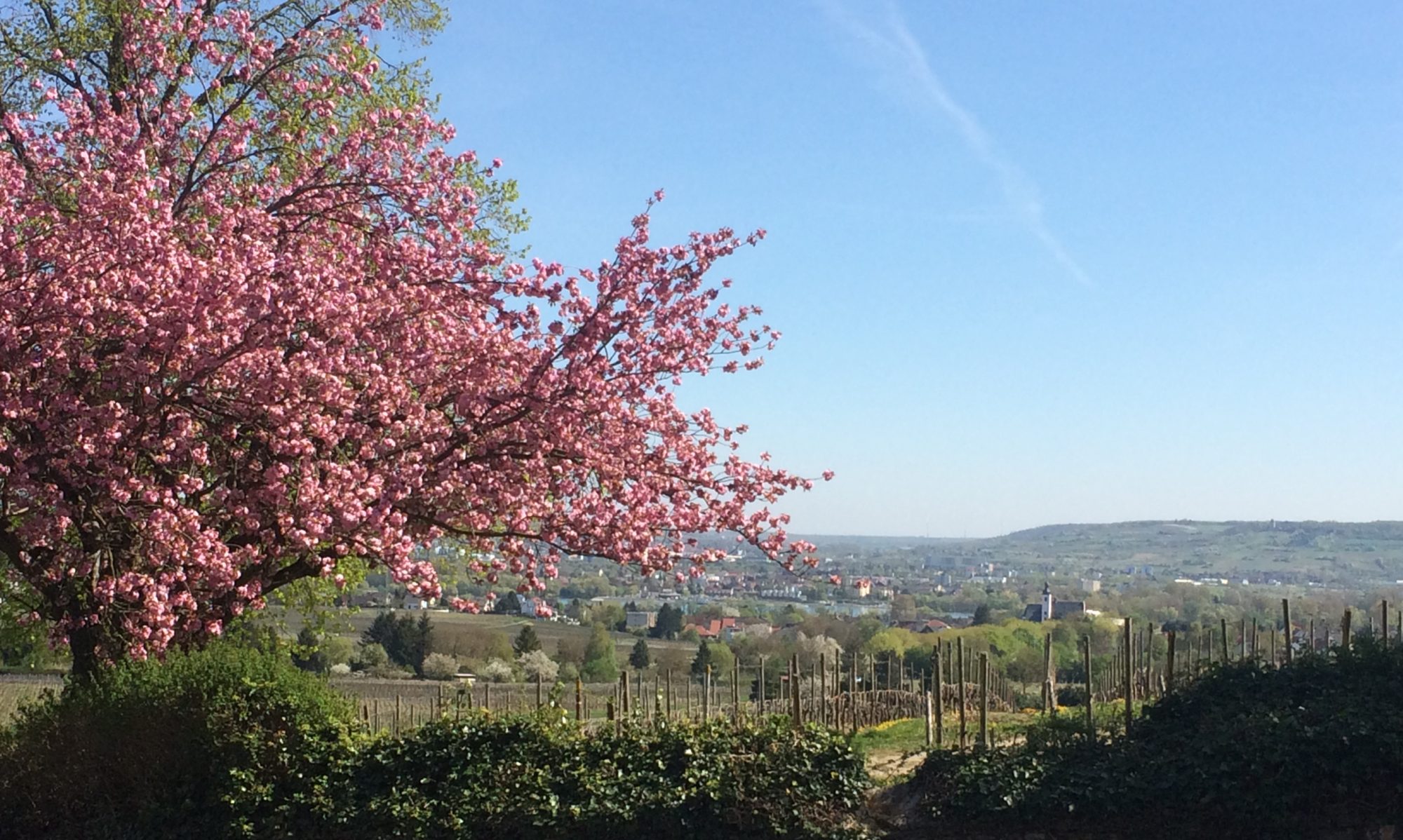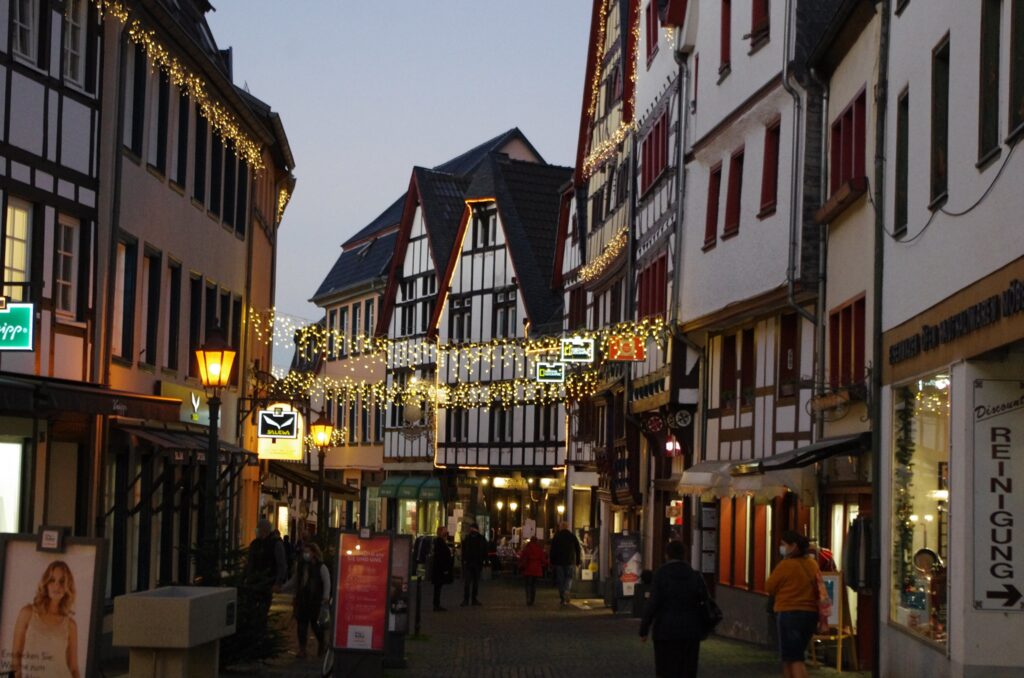
Introduction
Bad Münstereifel is often referred to as the ‘Rothenburg ob der Tauber’ of the North Rhine Westphalia. A medieval walled town with splendid examples of half-timbered buildings, it is a tourist magnet filled with picturesque charm.
Nestled in the Erft River valley, the town and river are surrounded by mountainous pine forests. In town, cobblestone walkways link together a small collection of shops and restaurants that invite guests to relax and enjoy the beautiful countryside, clean air and its small city charm.
Or at least it did…until the night of July 14, 2021 when an extreme weather event led to unprecedented flooding throughout the entire region.
In just a couple of hours, Bad Münstereifel and many other villages and towns in the area were destroyed. The Erft River became a raging seven meter (23 foot) high wall of water sweeping away everything in its path: cars, sidewalks, buildings, cemeteries, and sadly 180 lives.
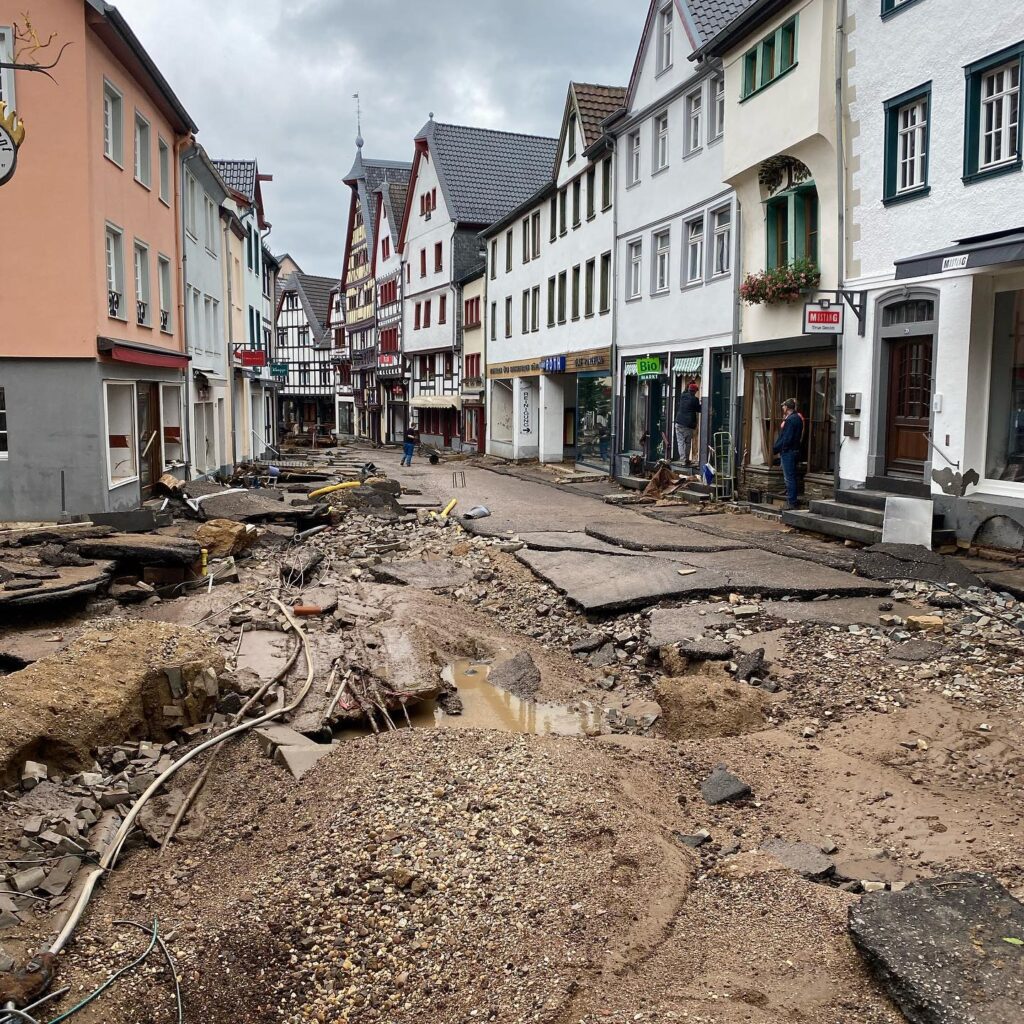
Shock, Solidarity, Resolve
These three words sum up how the people of Bad Münstereifel reacted when they awoke to the carnage of the night before. The mayor could only describe the ruin as being ‘like after a war’. Many of the 4,000 residents of the walled town had to flee their homes, leaving all possessions behind. The next day their homes were full of mud and water, some up to the second floor and a lifetime of memory-filled possessions destroyed.
The people fortunate enough not to have been in the line of the ‘tsunami’ were quick to roll up their sleeves, pull on their rubber boots and gloves, and help the less fortunate. Already one day after the event, thousands of volunteers were helping empty cellars of mud-drenched clutter, shovel mud from floors, and human-chain buckets of muck out to the streets, where other volunteers wheelbarrowed the refuse to giant piles.
Bad Münstereifel provided warm food, blankets and arranged temporary housing for the stricken. Complete strangers sat and held hands with weeping families, exhausted children and disoriented older residents.
An incredible solidarity grew among the citizens of Bad Münstereifel to work selflessly, efficiently and quickly anywhere they were needed before more harm occurred due to mold and health hazards. This solidarity quickly led to a unified resolve to clean up the damage and bring Bad Münstereifel back onto its feet.
Now, several weeks later, most of the initial refuse has been removed and is temporarily stored somewhere before it will be sorted and properly disposed of.
The Bundeswehr (Army) soldiers, technical specialists (Technisches Hilfswerk) and volunteer fire departments now have the job of pumping out the remaining mud, rebuilding bridges and walkways, and removing interior walls that have been damaged by leaked benzine or fecal matter in the flood water. Two-and-a-half weeks later, the residents finally have electricity and water. There is still no Internet and drinking water must be boiled.
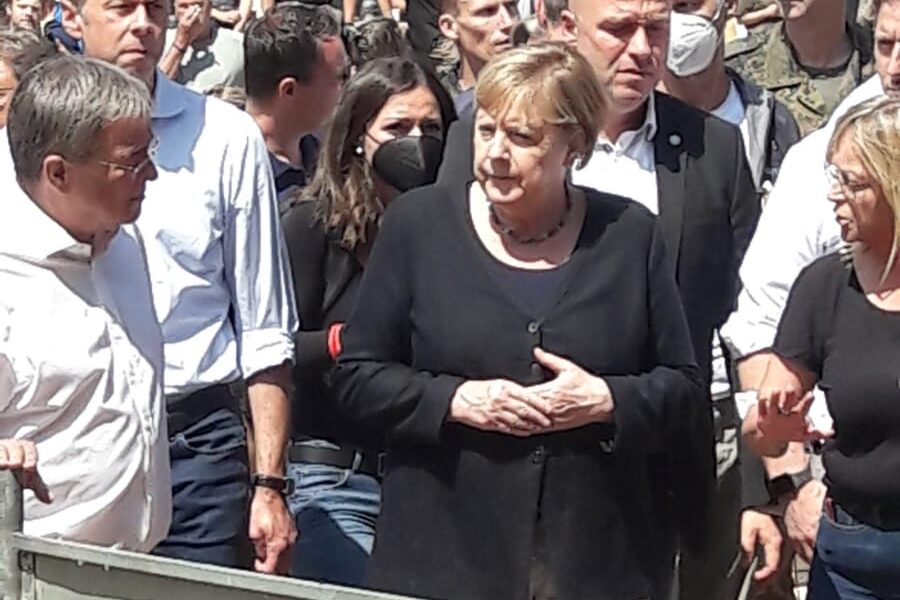
What We Lost
In Münstereifel there were four deaths reported in an outlying neighborhood, but none within the city walls. It was amazing that there were so few lives taken; though even one is too many.
However one thing we came close to losing was our history. The entire history of Bad Münstereifel as preserved in its historical archive which was kept in the basement of the municipal building only a block from the Erft. The municipal building was also a victim of the surging flood.
A team of volunteers worked for over eight days to remove the mud-stained, sopping documents and book cartons from the basement archive. It was a race against time…and mold. Each document was examined by the archive historian. Those that he deemed to be savable were passed by human-chain out to tables, where they were sprayed down with hoses to remove the worst of the dirt. They were then packed in clear plastic foil, labeled and placed in boxes. These boxes were then taken to a large warehouse where the documents were frozen to prevent further mold. Later they will be dried, cleaned, treated, laid flat and reassembled into books according to their classification. The job is mammoth: there are thousands and thousands of pages.
The oldest saved book of historical source material on Bad Münstereifel in the archive was from the 15th Century. Other invaluable archive contents saved include original deeds, court orders, council rulings and lists of births/deaths and marriages back to the 17th Century. Historical documentation of the Jewish population, the merchant guilds and the social activities, the business of the Catholic Church, as well as the French and Prussian governing periods are also all very important sources about Bad Münstereifel’s past that were saved.
We can only hope that at least part of the richly documented past of Münstereifel will be restored and is not lost forever.
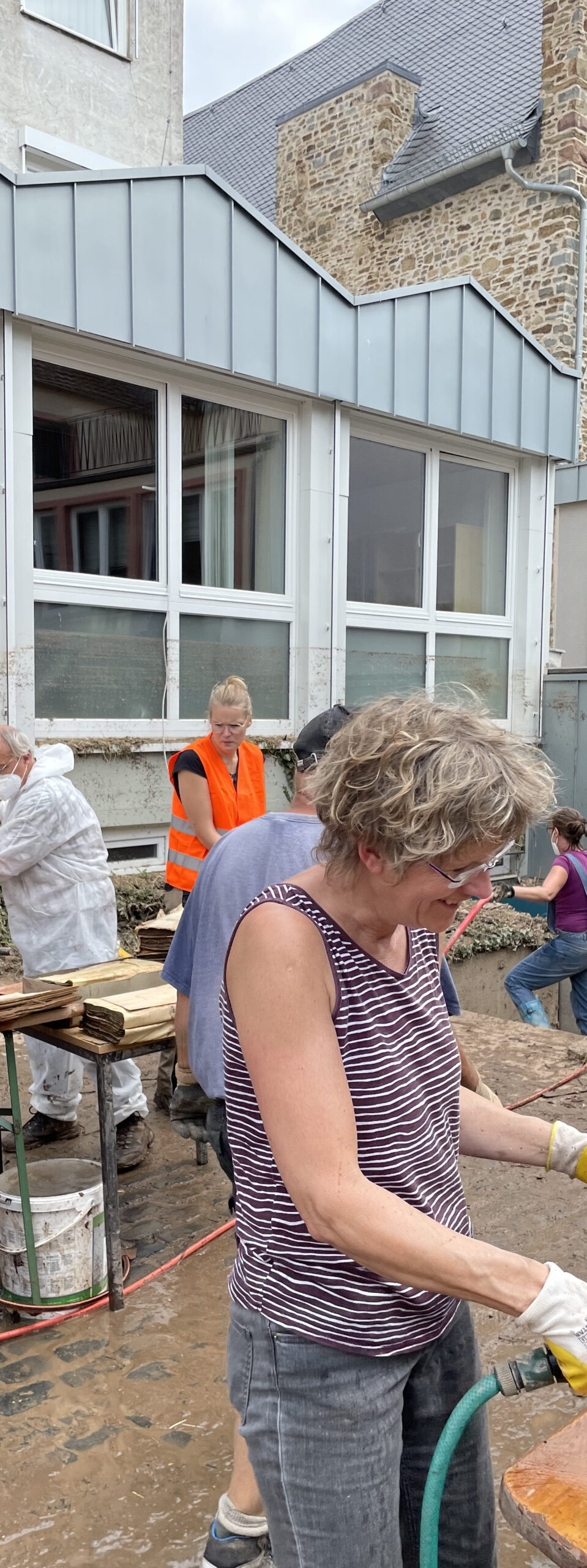
If you would like to know a little more about the history of Bad Münstereifel, here is a short summary:
A Short History
The history of Bad Münstereifel goes back almost 1200 years to the founding of a monastery in the upper Erft River valley in 830. Originally inhabited by Benedictine monks, the ‘Novum Monasterium’ grew in size and importance. In the 12th Century the monastery converted to a collegiate church with priests instead of monks. It became a powerful administrative center for many villages in the Eifel and remained so until it was secularized in 1803.
Münstereifel was not only an important clerical center. It was also an important economic center with the right to hold markets, make coins and collect tolls as early as the end of the 9th Century. A court system quickly evolved to represent the merchants versus the ‘worldly’ affairs of the church. This was unique for the time: in 1454, Münstereifel already had its own constitution.
Under flourishing market conditions, local wool weavers developed a trade and guild that were widely respected for the quality of their goods. Many of their goods were sold to markets in Cologne, but they also were sold at international markets in key European cities.
Following the Reformation, Münstereifel invited the Jesuits to build a second Catholic Church in town. Later the Carmelites also came to Münstereifel, solidifying the church’s strength and as a center of Catholic culture and faith. A system of higher education (Gymnasium) was built up by the churches, attracting young men to learn Latin and liberal arts subjects like theology, philosophy and Ancient Greek. This was also singular for this area of the Eifel.
Following the Napoleonic Wars in 1794, the French assumed control of Münstereifel. They introduced many attributes like population counts, house numbering and the establishment of taxation. In 1803 they secularized the Catholic church, leading to the demise of the church’s previous power.
Today Bad Münstereifel is a ‘Kurort’, meaning that it is characterized by healthy air and wellness treatments. (It is a Kneipp center. This is where the ‘Bad’ in Bad Münstereifel comes from). In the past couple of years the town has developed a booming little outlet center in some of the half-timbered buildings, which gives it a unique profile for shopping and dining in a small and pretty environment.
